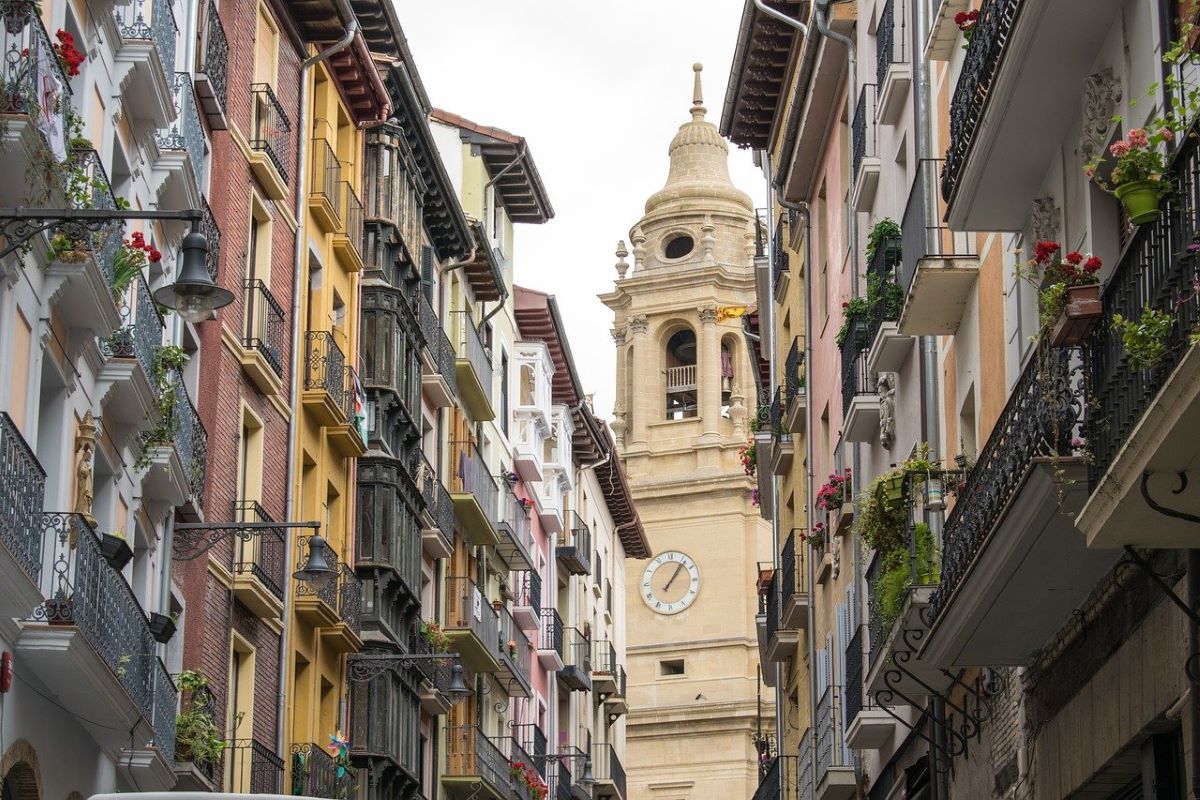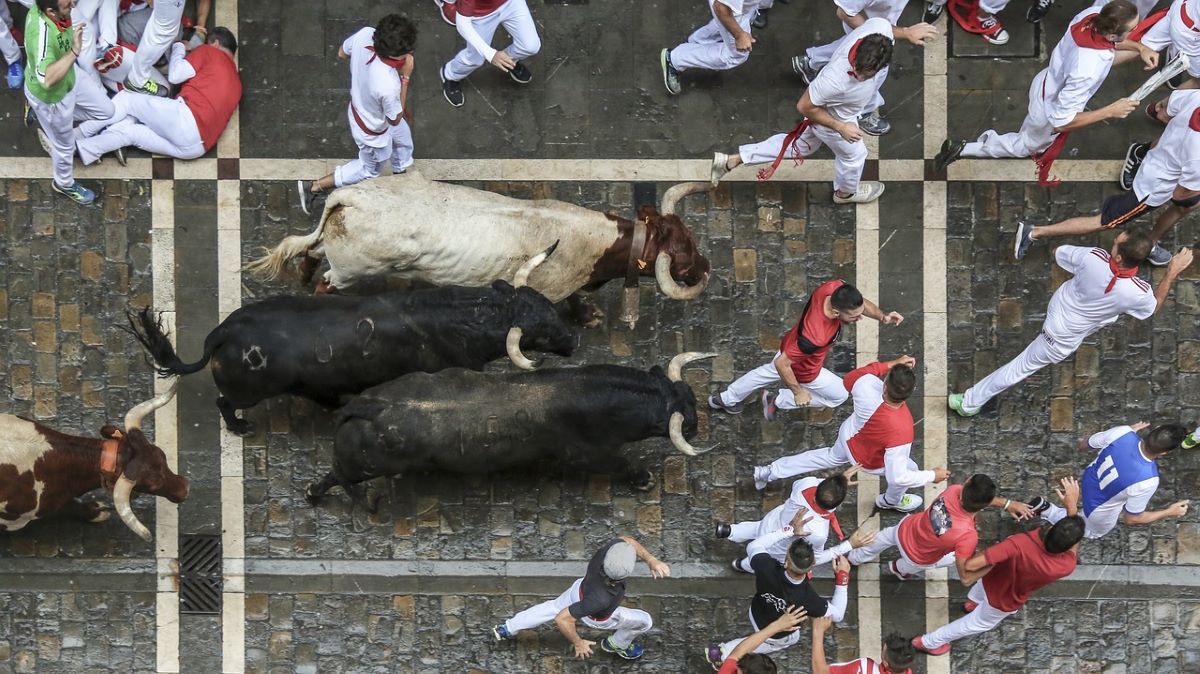
Image | Pixabay
Capital of the ancient kingdom of Navarre, the origins of Pamplona go back to the XNUMXst century BC when the Romans founded the city of Pompaelo on an ancient native town. Known worldwide for the Sanfermines, Pamplona is a welcoming town that has an active old town full of shops, cultural activities and gastronomic stops to spend very pleasant moments. In addition, its central geographical location in Navarra is ideal for discovering other interesting places in the region. Are you accompanying us on this route through Pamplona?
The historic center of Pamplona
The old town, called Alde Zaharra in Basque, has a medieval layout of low houses and narrow streets. In it is most of its monumental heritage.
Walls of Pamplona
The 5-kilometer-long wall of Pamplona, which surrounds a large part of the historic center and the fortress of the Citadel, is one of the best preserved in Europe. To get to know it, you can take a walk along the top of it as well as go down to its feet to observe its real size.
The Citadel
Once the view of the walls is finished, you can continue through the Citadel, a Renaissance fortification between the sixteenth and seventeenth centuries, characterized by its five-pointed starry pentagon shape and is considered the best example of military architecture of the Renaissance in Spain.
Cathedral of Santa María la Real
Another essential visit in Pamplona is the Gothic cathedral of Santa María la Real, built in the XNUMXth and XNUMXth centuries, although its façade is in the neoclassical style. Inside there are jewels such as the cloister (one of the best in Europe from the XNUMXth century), the sacristy, the chapels, the stalls, the choir or the royal tombs of Carlos III of Navarra and Eleanor of Castile.
Also, if you can, go up to its north tower where the bell of Mary is located, from which there are impressive views of the entire city.
When leaving the cathedral, go to the Plaza de San José, a beautiful space in Pamplona where the Dolphin Fountain stands out, the only one that is also a lamppost in the town.
Castle plaza
The Plaza del Castillo is the nerve center of life in Pamplona. Since its construction, the square has been one of the most recognizable icons of the city and where the most important events are held. This site is delimited by splendid XNUMXth-century manor houses and by numerous bars with terraces where you can taste the excellent Navarran gastronomy.

Image | Pixabay
Estafeta street, famous for the San Fermín running of the bulls, is another place to enjoy good wine and various servings of pinchos. Its most popular festivals are celebrated between July 6 and 14 to commemorate the patron saint of Navarra.
Gardens of the Taconera
On the other hand, if you want to take a walk through Pamplona and breathe fresh air, head to the oldest park in the municipality, the Jardines de la Taconera, where several peacocks live in freedom.
Yamaguchi Park
You can also go to Yamaguchi Park, a beautiful Japanese-style garden located just a 20-minute walk from the historic center.. This park was born because of the twinning of Pamplona with the Japanese city of Yamaguchi. Strolling through the gardens you will find trees and plants from Asia as well as a pond with a bridge and a waterfall.
Navarra Museum
Located near the slope of Santo Domingo, in the old hospital of Nuestra Señora de la Misericordia we find the Museum of Navarra. Here you can learn about the history of Navarra and observe important pieces such as the Roman mosaic of the Triumph of Bacchus from the XNUMXst century, the map of Abauntz, the portrait of the Marquis of San Adrián by Goya and the Chest of Leyre, a work of Islamic art. among others.
Church of San Cernín
The church of San Cernin, patron saint of the city, is a Gothic-style temple dating from the XNUMXth century that is characterized on the inside by its large attached Baroque chapel and on the outside by its portico decorated with beautiful carvings and its facade with two tall towers.
Church of San Nicolás
It is another Gothic church that houses a large Baroque organ, which is one of the most important in the foral community.